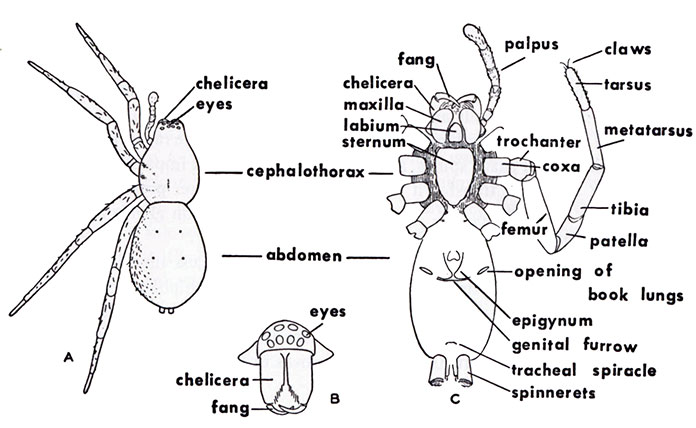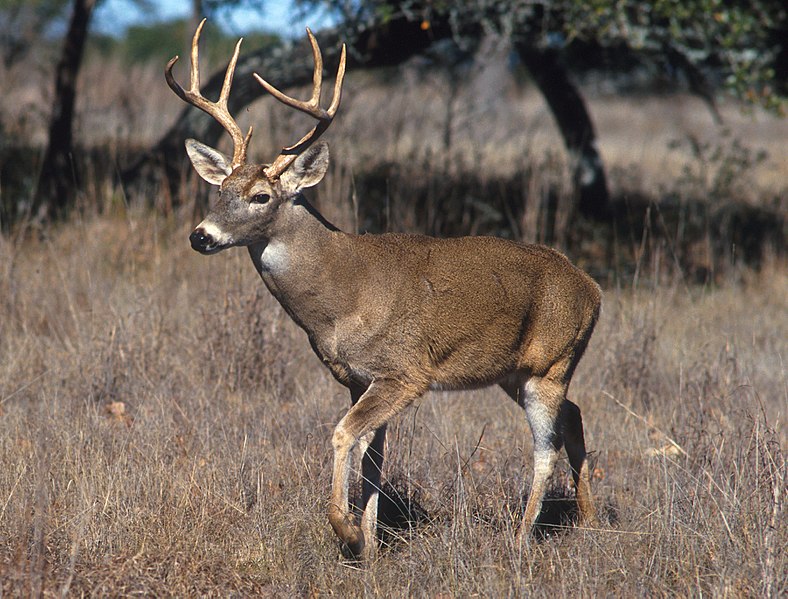 When I was little my dad would keep us home from school on Halloween, he felt it should be a holiday. We'd go get dry ice, decorate the front hall with coffins that opened, witches that stirred bubbling cauldrons and my dad would drag his sound equipment upstairs, hide and scare the crap out of the neighbourhood kids. There were permanent pulleys on the ceiling in the hall, our house was famous. Then afterwards we would all play with the leftover dry ice in the kitchen while eating candy. So I have a special place in my heart for Halloween and all it's ghosts, bats and spiders.
When I was little my dad would keep us home from school on Halloween, he felt it should be a holiday. We'd go get dry ice, decorate the front hall with coffins that opened, witches that stirred bubbling cauldrons and my dad would drag his sound equipment upstairs, hide and scare the crap out of the neighbourhood kids. There were permanent pulleys on the ceiling in the hall, our house was famous. Then afterwards we would all play with the leftover dry ice in the kitchen while eating candy. So I have a special place in my heart for Halloween and all it's ghosts, bats and spiders.  |
| Me being spooky a long time ago |
So, in honour of this, the most spooky of holidays, I give to you as a gift an assortment of facts about spiders, our eight-legged arachnid friends.
- Spiders are not insects. Insects (Insecta) have three body parts - head, thorax, abdomen. Spiders are in Arachnida with ticks, mites and scorpions which have two main body parts - abdomen and cephalothorax (head/thorax combo).
 |
| Spider Anatomy http://www.cirrusimage.com/spider.htm |
- Most spiders have eight eyes, some have none and some have 12. There are usually two main eyes with high resolution and secondary eyes that detect the difference between light and dark.
.jpg) |
| Jumping Spider By Lukas Jonaitis from Vilnius, Lithuania (Eyes of Jumping spider - Marpissa radiata) [CC-BY-2.0 (http://creativecommons.org/licenses/by/2.0)], via Wikimedia Commons |
 |
| Hogna Wolf Spider By Thomas Shahan from USA (Eye Arrangement of a Hogna Wolf Spider) [CC-BY-2.0 (http://creativecommons.org/licenses/by/2.0)], via Wikimedia Commons |
- There are 35-40,000 known spiders in the world. 3,000 in North America. But there are probably just as many out there we don't know about.
- The largest specie of tarantula is the Goliath Bird-eating Spider (Theraphosa blondi) WATCH AWESOME VIDEO HERE
 |
| Theraphosa blondi © G Beccaloni http://www.nhm.ac.uk/nature-online/species-of-the-day/biodiversity/loss-of-habitat/theraphosa-blondi/ |
- The smallest known spider is Patu digua at roughly 0.37 mm in size
- The Giant Huntsman Spider has the largest legspan at 30cm
 |
| By Petra & Wilfried (Flickr) [CC-BY-2.0 (http://creativecommons.org/licenses/by/2.0)], via Wikimedia Commons |
- On average, spiders live for a year. Some spiders can live 3 to 4 years, and some tarantulas live for 25 years or longer.
- Spider silk is a protein. It leaves the glands as a liquid and squeezed out. It hardens to become strong. There are several types of silk from specialized glands called spinnerets. Each gland produces a specific silk such as prey wrapping, support, sticky, and egg sac wrapping.
- Spiders can't fly but their spiderlings balloon! They spin silk until they are caught by the wind and float upwards. Some have been seen at altitudes of 10,000 feet!
 |
| Spiderlings! By Brocken Inaglory (Own work) [GFDL (http://www.gnu.org/copyleft/fdl.html) or CC-BY-SA-3.0-2.5-2.0-1.0 (http://creativecommons.org/licenses/by-sa/3.0)], via Wikimedia Commons |
- Fear of spiders is arachnophobia, if you have this don't read the next bullet point (or look at the pictures above, although I suppose you don't have it if you made it this far).
- Studies show that you are never more than ten feet away from a spider. One estimate puts that distance at three feet. To be "spider-free" you'd have to go into space or Antarctica.
 |
| Beans and I getting closer than 3 feet to a tarantula at Science North a few years ago |
- Hummingbirds use spider silk to help weave their nests.
- In the South Pacific people make fishing nets from a spider's silk. Nephila spiders build webs between two bamboo stakes which can then be used to fish. They also eat the same spiders - apparently they are nutty and sticky like peanut butter.
_in_Kawal_WS,_AP_W2_IMG_1704.jpg) |
| Yum? By J.M.Garg (Own work) [GFDL (http://www.gnu.org/copyleft/fdl.html) or CC-BY-SA-3.0-2.5-2.0-1.0 (http://creativecommons.org/licenses/by-sa/3.0)], via Wikimedia Commons |
Spider facts from:
http://animal.discovery.com/arachnids/spider-facts.htm
http://www.explorit.org/science/spider.html
http://news.nationalgeographic.com/news/2004/06/0623_040623_spiderfacts.html
spider clip art from: http://www.halloweenclipart.com/



























